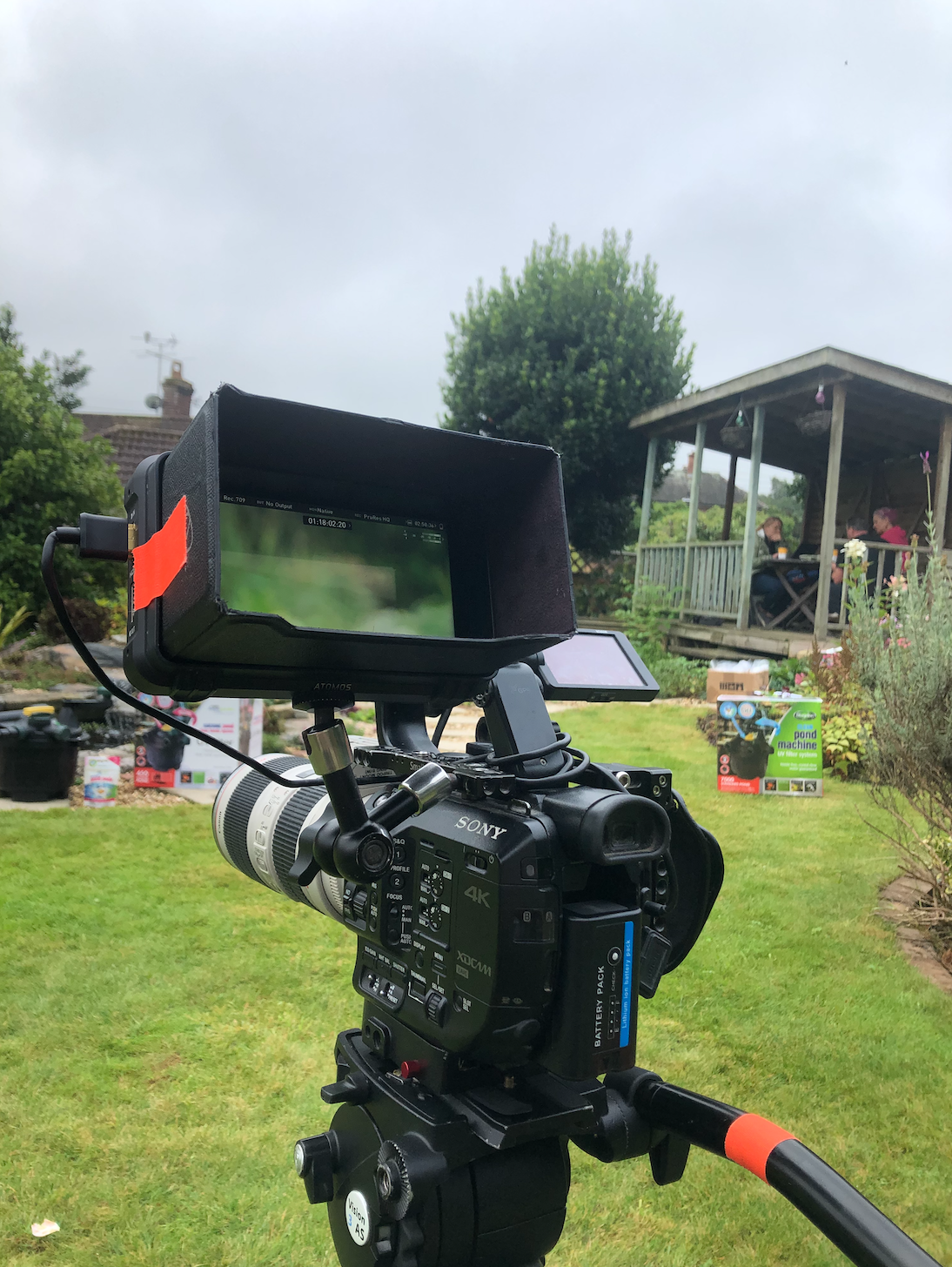If you use video as part of your marketing strategy (which you should!), then it’s important that you know how to measure the success of the video campaigns that you run.
Making a great video is only half of the process; you need to get the video seen for it to have any positive effect on your business. Even if people are watching your video, how do you know whether it’s having the desired effect or if you need to go back to the drawing board?
Here, we will be going through some of the key video performance metrics you need to measure to analyse the effectiveness of your videos.
View count
The view count is the first video performance metric you need to look at. The view count is simply how many times your video has been watched; however, this statistic can be misleading as the figure doesn’t mean that someone has watched the entire video.
Different platforms qualify a view differently, for example, YouTube counts a view as the video being watched for a minimum of 30 seconds, whereas for Facebook, a video only needs to be watched for 3 seconds before being counted as a view.
Play rate
Play rate differs slightly from view count as it logs the percentage of visitors to the page on which your video appears who clicked the ‘play’ button to watch your video. This is a useful measurement for video performance on pages where the video is embedded, such as on your website, as a low play percentage may mean the video needs to be better highlighted to the user.
Audience retention
This video performance metric tells you how long, on average, your viewers watched your video. Of course, you’d like people to watch the whole thing, but if the video takes a while to get going and doesn’t have an impactful start, people may drop off, leaving you with a lower audience retention rate. If this is the case, it may be time for a re-edit of the video to improve the pacing.
Engagement
Your video’s engagement metrics are similar to your audience retention, except they show how your viewers are watching your video. This way, you can see if viewers are starting to watch and then dropping off at a certain point, or if they are skipping to view specific parts of the video. You can also see if viewers are watching the parts of your video where your call to action (CTA) appears, as well as seeing how many times your video has been rewatched by viewers.
Social sharing
Social sharing is an easy metric to understand – it tells you how much your video has been shared by viewers. You want as many shares as possible to reach the widest audience, but a video’s shareability is largely down to how good or entertaining the video is. Another way to increase shares would be to offer entry into a prize draw for viewers who ‘like’ or share the video.
Click-through rate (CTR)
Your video’s CTR refers to the number of people who respond to whatever call to action you’ve included in the video. If you’ve included a ‘shop now’ or ‘view the range’ CTA in your video, then your click-through rate is the percentage of viewers who’ve clicked through to view your products.
If your CTR isn’t very high, you may want to look at your audience retention rate, as viewers could be dropping off from the video before the CTA even appears. To improve your CTR, you may need to make your CTA more appealing to your audience or place it earlier in the video.
Feedback
Comments on the internet aren’t always good or useful. However, the comments on your videos can provide an insight into the reactions of your audience and could even allow you to start a dialogue with them. While feedback is a harder metric to track, you can roughly compare the amount of positive feedback and (constructive) negative feedback, as well as making a note of the aspects of the video that resonated with your viewers.
If you are looking for video editing services to improve the key performance indicators for your video, then please get in touch and see how we can help.
